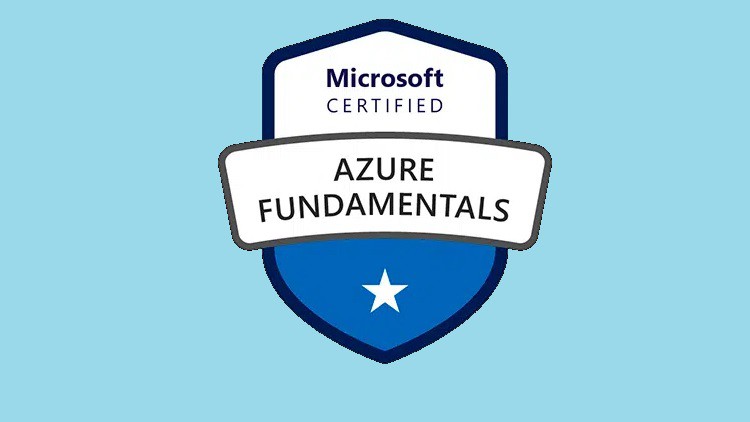Description
Introduction of Optimizing MuleSoft Performance
Optimizing MuleSoft Performance: Best Practices and Tools focuses on techniques and strategies to enhance the performance of MuleSoft applications. This course is designed for integration developers and architects who want to ensure their Mule applications operate efficiently, handle high throughput, and maintain low latency.
Prerequisites of Optimizing MuleSoft Performance
- Basic understanding of MuleSoft Anypoint Platform
- Familiarity with API and integration concepts
- Experience in developing Mule applications
Table of Contents
1. Introduction to Performance Optimization
1.1 Importance of Performance in MuleSoft Integrations(Ref: MuleSoft for Business Users: API Creation without Code)
1.2 Key Performance Indicators (KPIs) for Mule Applications
1.3 Overview of Performance Optimization Goals
2. Designing for Performance
2.1 Best Practices for API Design
2.2 Using Asynchronous Processing and Non-blocking I/O
2.3 Leveraging Data Streaming for Large Payloads
3. Flow Optimization Techniques
3.1 Analyzing and Simplifying Integration Flows
3.2 Minimizing Payload Size and Redundant Processing
3.3 Using Batch Processing for Large Data Sets
4. Configuring MuleSoft for Performance
4.1 Tuning the Mule Runtime for Optimal Performance
4.2 Configuring Thread Pools and Connection Management
4.3 Adjusting Memory Settings and JVM Parameters
5. Caching Strategies
5.1 Implementing Caching in MuleSoft Applications
5.2 Understanding Different Caching Types (Object, HTTP, etc.)
5.3 Best Practices for Cache Management
6. Monitoring and Analyzing Performance
6.1 Using Anypoint Monitoring for Performance Insights
6.2 Analyzing Logs and Metrics for Bottlenecks
6.3 Setting Up Alerts for Performance Issues
7. Load Testing and Performance Testing
7.1 Importance of Load Testing in MuleSoft
7.2 Tools and Techniques for Performance Testing
7.3 Interpreting Load Testing Results and Making Adjustments
8. Scaling MuleSoft Applications
8.1 Understanding Horizontal vs. Vertical Scaling
8.2 Strategies for Scaling MuleSoft Applications in the Cloud
8.3 Managing Performance in Multi-Cloud Environments
9. Optimizing External System Integrations
9.1 Best Practices for Integrating with External APIs
9.2 Implementing Retry and Timeout Mechanisms
9.3 Managing Data Transfer Efficiency
10. Real-World Scenarios and Case Studies
10.1 Analyzing Performance Optimization Case Studies
10.2 Lessons Learned from Performance Challenges
10.3 Future Trends in Performance Optimization
Conclusion
This course provides participants with the tools and strategies needed to optimize the performance of MuleSoft applications effectively. By implementing best practices and utilizing performance monitoring tools, participants will enhance their integration solutions’ efficiency, scalability, and reliability, ensuring they meet the demands of modern enterprise environments.






